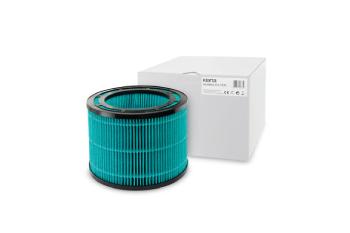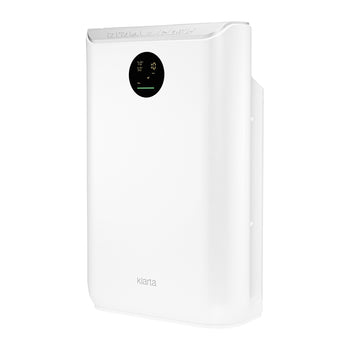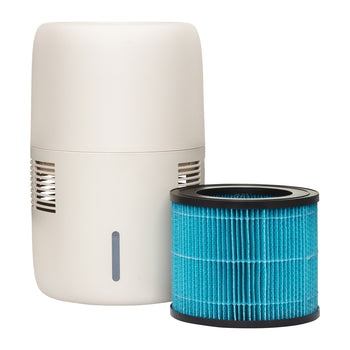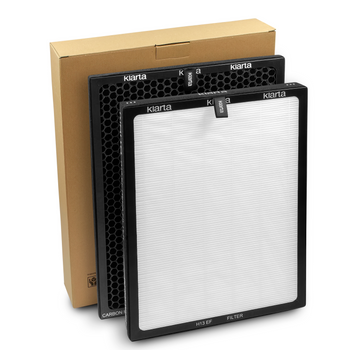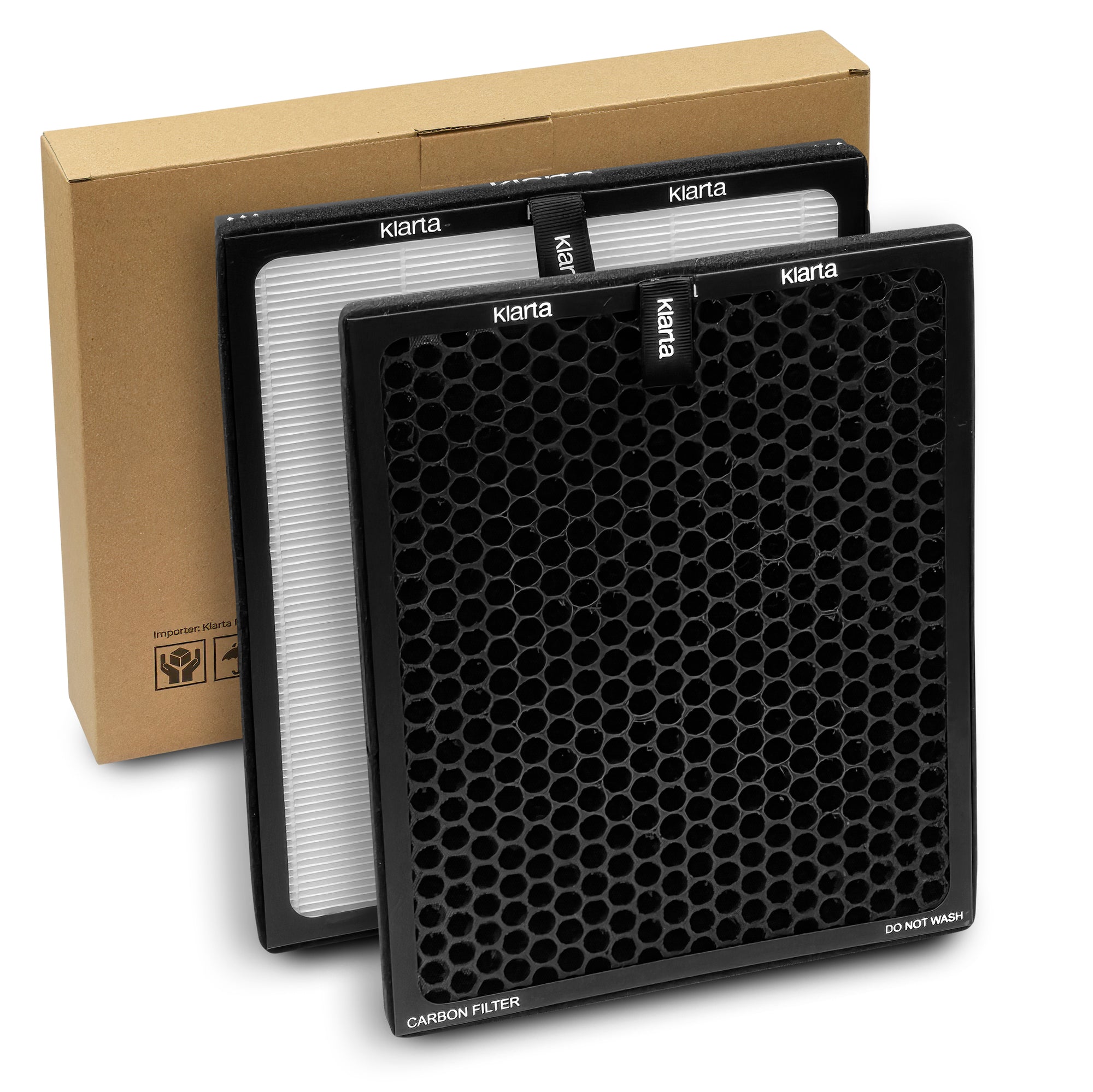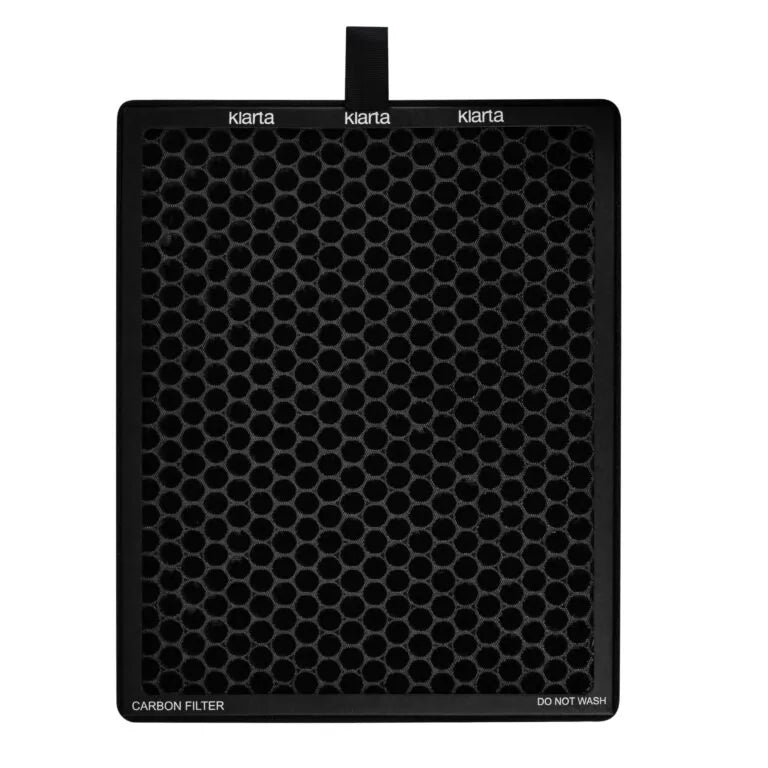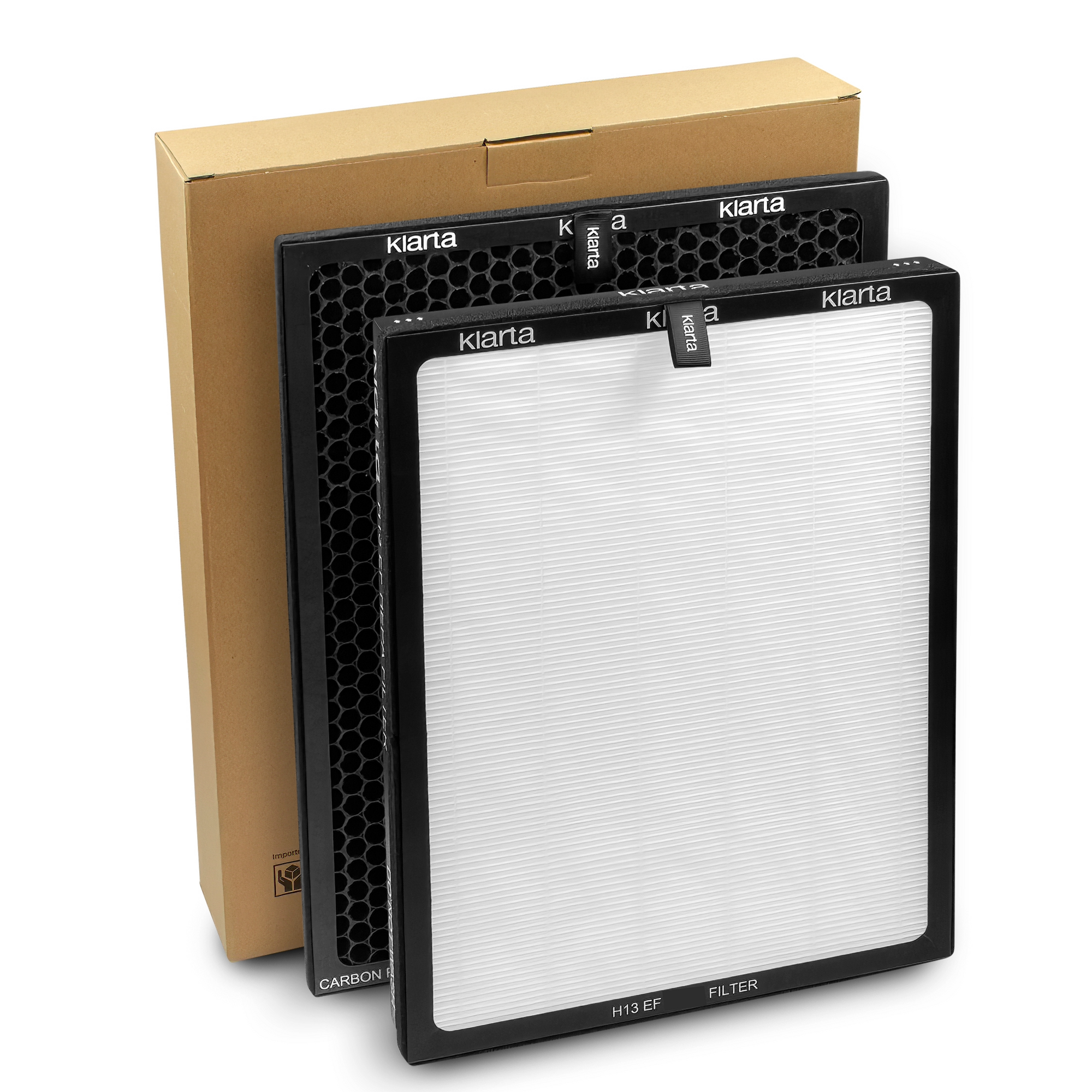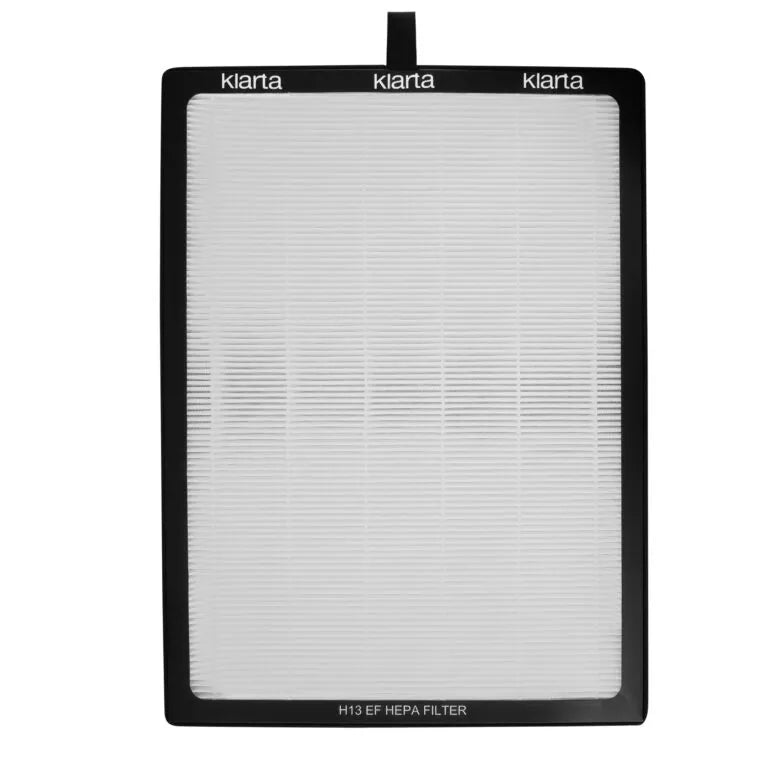Carbon filter
The carbon filter is made of activated carbon , which is made of carbon-element and is characterized by high porosity .
This is what gives activated carbon, also called activated carbon, an excellent ratio of absorbent surface to mass (up to 3,000 m² per 1 g).
The mechanism of operation of a carbon filter is based on the phenomenon of adsorption , which means that particles are bound on the surface of the filter .
For activated carbon to function properly, it must have the correct granulation and be enclosed in an appropriate housing, which is necessary to ensure free air flow and unimpeded contact with the carbon particles.
Activated carbon is used to purify air as well as water, which is why it can be found in drinking water conditioners and aquarium filters.
What does a carbon filter remove?
In an air purifier, the carbon filter is responsible for:
- absorbing gaseous pollutants, including volatile organic compounds, which include benzene, formaldehyde and toluene (a significant portion of VOCs has a carcinogenic effect and their sources include products present in every home, e.g. air fresheners, wall paints, window cleaning fluids and deodorants),
- neutralization of unpleasant odors, which, even if completely neutral to health, negatively affect our comfort.
Activated carbon therefore copes with pollutants that H13 technology cannot eliminate.
The service life of the carbon filters in Klarta Forste air purifiers is 12 months, while in Klarta Stor it is 24 months. The carbon filter should not be washed.


